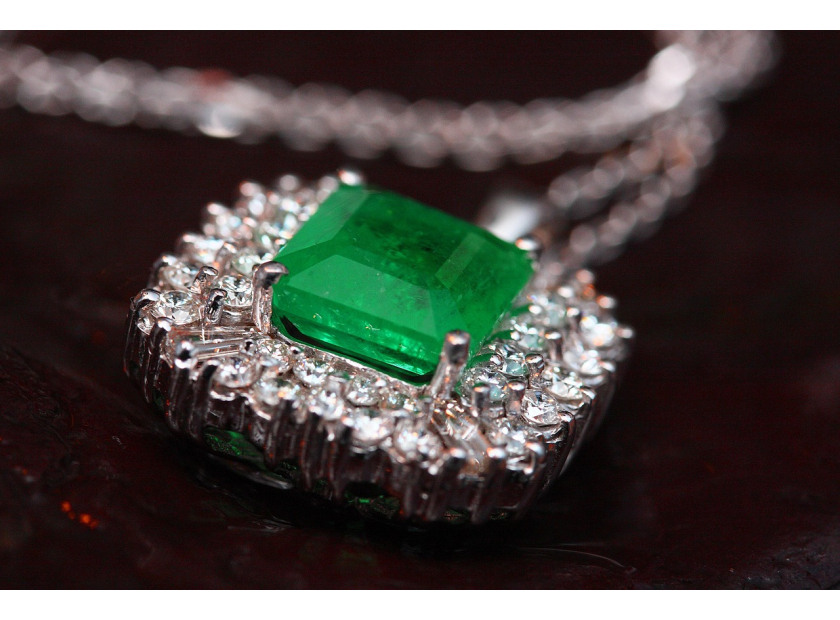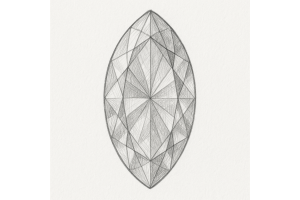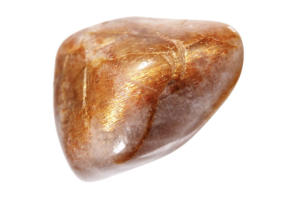GBP
/
GBP
/
Shipping to:
Currency:
Are Emeralds Expensive? UK Buyer’s Guide to Prices, Quality & Value
Emeralds have long been cherished for their captivating green hues and timeless elegance. As one of the four precious gemstones—alongside diamonds, sapphires, and rubies—emeralds often evoke images of luxury and sophistication. This association naturally leads to the question: are emeralds expensive? Let's explore the factors that influence the cost of emeralds and how they compare to other gemstones.
Understanding the Value of Emeralds
The value of an emerald is primarily determined by the four Cs: colour, clarity, cut, and carat weight. Each of these factors plays a crucial role in assessing the gemstone's worth. If you're interested in other gemstone options, check out gemstone engagement rings.
Colour: The Most Critical Factor
Colour is the most significant determinant of an emerald's value. The most prized emeralds exhibit a deep, vivid green with a slight bluish undertone. Stones with a rich, saturated green hue are highly sought after, while those with yellowish or brownish tints are less desirable. This vibrant coloration is often associated with emeralds from Colombia, particularly those mined in regions like Muzo and Chivor. Colombian emeralds are renowned for their exceptional colour quality, often commanding premium prices.
Clarity: Embracing Natural Inclusions
Unlike diamonds, where clarity significantly impacts value, emeralds often contain inclusions, sometimes referred to as "jardin" (French for "garden"). These natural imperfections are accepted as part of the stone's character. However, emeralds with higher transparency and minimal visible inclusions are rarer and more valuable. It's important to note that most emeralds undergo treatments, such as oiling, to enhance their clarity. To learn more about treatments and origins, check out how gemstones and diamonds are formed.
Cut: Maximising Beauty and Brilliance
The cut of an emerald influences its overall appearance and brilliance. A well-proportioned and symmetrical cut enhances the stone's beauty and can mask certain inclusions. The skill of the gem cutter is vital in determining the quality of the faceted stone, as a precise cut can maximise the gem's visual appeal.
Carat Weight: Size Matters
As with most gemstones, the price of emeralds increases with size. However, this escalation isn't linear. Larger emeralds of high quality are exceedingly rare, leading to a significant price jump per carat as size increases. For instance, a 1-carat emerald might be priced at $1,000, but a 3-carat stone of similar quality could fetch $4,000 or more. This exponential rise is due to the rarity of larger, high-quality emeralds.
Natural vs. Synthetic Emeralds
The market offers both natural and synthetic (lab-grown) emeralds. While synthetic emeralds possess similar chemical compositions and appearances, they are generally more affordable. However, they lack the rarity and historical significance of natural stones. For a comparison, check out lab-grown diamonds vs gemstones.
Geographic Origins and Their Influence on Price
An emerald's provenance significantly impacts its value. Colombian emeralds are often considered the gold standard due to their vibrant green hue and exceptional clarity. Emeralds from Zambia, Brazil, and Afghanistan also produce high-quality stones, sometimes rivalling their Colombian counterparts in beauty and value. The origin of the emerald plays a major role in its price, with Colombian emeralds often commanding higher prices due to their esteemed reputation.
Comparing Emeralds to Other Gemstones
When compared to other gemstones like diamonds, sapphires, and rubies, emeralds can be equally, if not more, expensive. Their unique colour and rarity, especially in larger sizes with high clarity, contribute to their premium pricing. In terms of value, emeralds are around 20 times rarer than diamonds, which means that they typically come with a higher price tag. However, there are plenty of diamonds more expensive than emeralds of the same carat weight, especially fancy coloured diamonds. The price is dependent on the quality of each individual gem.
Investing in Emeralds
High-quality emeralds have shown potential for appreciation over time. Experts advise investing in stones with rarity, impeccable clarity, and significant size for long-term gains. However, as with any investment, it's crucial to conduct thorough research, seek expert advice, and ensure the authenticity of the gemstone. If you're looking for stylish options, check out our gemstone rings.
Caring for Your Emerald
Emeralds rank between 7.5 and 8 on the Mohs hardness scale, making them relatively durable but still susceptible to scratches and damage. To maintain their beauty:
- Avoid Exposure: Keep emeralds away from harsh chemicals and extreme temperatures.
- Gentle Cleaning: Use a soft cloth and mild soapy water to clean your emerald jewellery.
- Regular Inspections: Have your emeralds checked periodically by a professional jeweller to ensure settings are secure and the stone remains in good condition.
Exploring Emerald Jewellery Options
If you're considering adding emerald jewellery to your collection, there are various options to explore. Emerald engagement rings offer a unique and vibrant alternative to traditional diamond rings. For instance, the Green Oval Shape Emerald Diamond Cluster Engagement Ring showcases a stunning oval Colombian emerald surrounded by a halo of diamonds, creating maximum sparkle. Similarly, the Pear Shape Green Emerald and Small Diamond Engagement Ring features a captivating pear-shaped emerald complemented by a delicate diamond, offering a distinctive and elegant design. For more options, check out non-traditional engagement rings.
Frequently Asked Questions
Are emeralds more expensive than diamonds?
Emeralds can be as expensive as diamonds, especially when considering high-quality stones with exceptional colour and clarity. However, diamonds tend to have a higher average price per carat, particularly for colourless and fancy-coloured diamonds. The price comparison depends on various factors, including size, origin, and overall quality. If you are also exploring diamond jewellery, check out our diamond wedding rings.
Why are Colombian emeralds considered superior?
Colombian emeralds are renowned for their deep green colour and exceptional clarity. The unique geological conditions in Colombia contribute to the formation of these high-quality stones, making them some of the most sought-after emeralds in the world. Muzo, Chivor, and Coscuez are the most famous Colombian mines known for producing top-tier emeralds.
Do emeralds appreciate in value over time?
High-quality emeralds, particularly those from esteemed origins like Colombia, have shown potential for appreciation over time. However, like any investment, their value depends on factors such as rarity, market demand, and quality. Natural, untreated emeralds with excellent colour and clarity tend to hold or increase in value more reliably than heavily treated or lower-quality stones.
How can I ensure I’m buying a genuine emerald?
To guarantee authenticity, purchase emeralds from reputable jewellers and request certification from recognised gemological laboratories, such as the GIA (Gemological Institute of America) or IGI (International Gemological Institute). This documentation should detail the stone’s origin, treatments, and quality attributes.
Are treated emeralds less valuable?
Most emeralds undergo treatments like oiling to enhance clarity, as natural inclusions are common. While minor oil treatments are widely accepted in the industry, heavily treated emeralds tend to be less valuable than untreated or minimally treated stones. It’s essential to ask about any treatments before purchasing an emerald.
Are synthetic emeralds worth buying?
Lab-grown emeralds have the same chemical and physical properties as natural emeralds but are significantly more affordable. They are an excellent option for those who love the look of emeralds but want a more budget-friendly or ethically sourced alternative. However, they do not carry the rarity or historical value of natural emeralds, which impacts their resale value.








